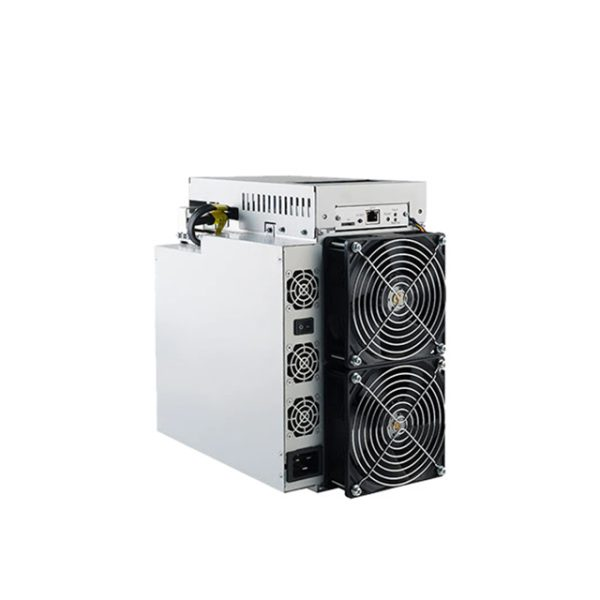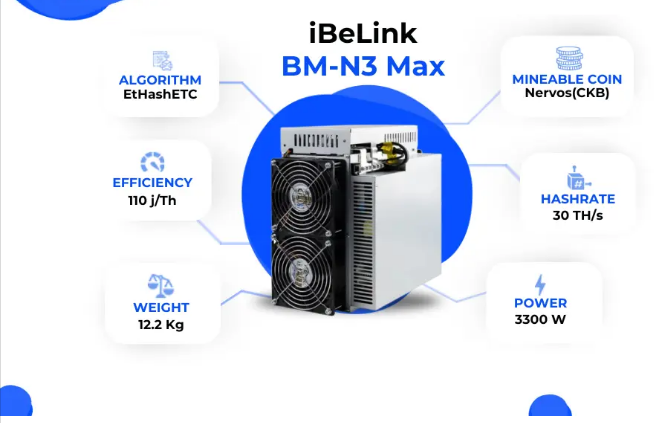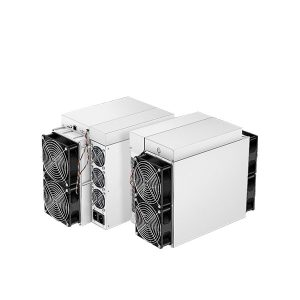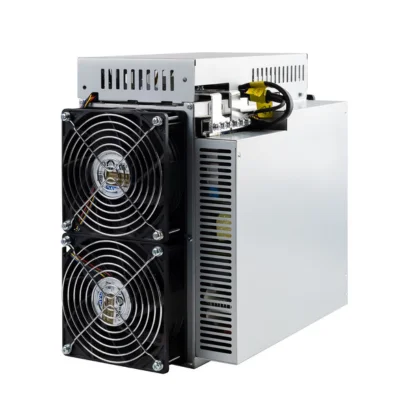iBeLink BM-N3 Max Troubleshooting Guide for Common Issues
The iBeLink BM-N3 Max is a professional-grade ASIC miner designed specifically for the Eaglesong algorithm, making it a powerhouse for CKB mining. With its advanced thermal management, robust build quality, and optimized performance, it has become a popular choice for both home miners and large-scale operations. However, like any sophisticated piece of hardware, the BM-N3 Max can encounter operational challenges. This troubleshooting guide aims to address common issues, providing practical solutions to ensure your mining operations run smoothly and efficiently.
Product Introduction: The iBeLink BM-N3 Max
Before diving into troubleshooting, it’s essential to understand the key features and capabilities of the iBeLink BM-N3 Max. This miner is engineered for the Eaglesong algorithm, which powers the Nervos Network (CKB). Its compact design (340 x 190 x 293mm) and lightweight build (12.2kg) make it versatile for various mining setups, while its quad-fan cooling system ensures optimal thermal management.
The BM-N3 Max operates at a power consumption of 3300W within a voltage range of 190-240V, delivering exceptional mining efficiency. It’s designed to withstand diverse environmental conditions, with an operational temperature range of 0-40°C and humidity tolerance up to 95%. Additionally, its Ethernet interface allows seamless integration into existing mining infrastructures, and its firmware provides comprehensive control over operational parameters.

With premium brand assurance, a 180-day warranty, and global logistics support, the BM-N3 Max is built for reliability and ease of use. However, even the most robust equipment can face challenges, and understanding how to troubleshoot common issues is crucial for maintaining peak performance.
Common Issues and Troubleshooting Solutions
1. Miner Fails to Power On
Symptoms: The miner does not start when connected to the power supply. Possible Causes:
- Faulty power cable or connection.
- Inadequate power supply voltage.
- Internal hardware malfunction.
Solutions:
- Check Power Connections: Ensure the power cable is securely connected to both the miner and the power outlet. Inspect the cable for visible damage.
- Verify Voltage: Confirm that the power supply voltage is within the 190-240V range. Using a voltage outside this range can prevent the miner from starting.
- Test with Another PSU: If possible, test the miner with a different power supply unit to rule out PSU issues.
- Inspect Internal Components: If the above steps don’t resolve the issue, there may be an internal hardware problem. Contact iBeLink’s customer support or a certified technician for further diagnosis.
2. Overheating or Thermal Throttling
Symptoms: The miner shuts down unexpectedly or reduces hash rate due to high temperatures. Possible Causes:
- Inadequate ventilation or airflow.
- Dust accumulation on fans or heatsinks.
- Faulty cooling fans.
Solutions:
- Improve Ventilation: Ensure the miner is placed in a well-ventilated area with sufficient airflow. Avoid overcrowding multiple miners in a confined space.
- Clean Cooling System: Regularly clean the quad-fan cooling system and heatsinks to remove dust and debris that can impede airflow.
- Check Fan Operation: Verify that all four fans are functioning correctly. Replace any faulty fans promptly.
- Monitor Ambient Temperature: Keep the operating environment within the recommended temperature range (0-40°C). Consider using additional cooling solutions like external fans or air conditioning if necessary.
3. Low Hash Rate or Reduced Performance
Symptoms: The miner’s hash rate is significantly lower than expected. Possible Causes:
- Incorrect firmware settings.
- Network connectivity issues.
- Hardware degradation or component failure.
Solutions:

- Review Firmware Settings: Access the miner’s firmware interface and ensure the settings are optimized for maximum performance. Refer to the user manual for guidance.
- Check Network Connection: Verify that the Ethernet connection is stable and that the miner is properly connected to the mining pool.
- Inspect Hardware: Look for signs of wear or damage to components such as the ASIC chips or power supply. If hardware degradation is suspected, contact iBeLink support for assistance.
- Update Firmware: Ensure the miner is running the latest firmware version, as updates often include performance improvements and bug fixes.
4. Frequent Reboots or Instability
Symptoms: The miner restarts repeatedly or operates inconsistently. Possible Causes:

- Power supply fluctuations.
- Overheating.
- Firmware glitches.
Solutions:

- Stabilize Power Supply: Use a reliable power source with consistent voltage. Consider installing a voltage stabilizer if power fluctuations are common in your area.
- Address Overheating: Follow the steps outlined in the overheating section to ensure proper cooling.
- Reset Firmware: Perform a factory reset on the miner’s firmware to eliminate potential glitches. Reconfigure the settings as needed.
- Check for Updates: Install any available firmware updates to resolve known stability issues.
5. Noise from Cooling Fans
Symptoms: Unusual or excessive noise from the quad-fan cooling system. Possible Causes:
- Dust or debris in the fans.
- Worn-out fan bearings.
- Misaligned fan blades.
Solutions:
- Clean the Fans: Turn off the miner and carefully clean the fans to remove dust and debris.
- Replace Faulty Fans: If the noise persists, one or more fans may need replacement. Use genuine iBeLink spare parts for optimal performance.
- Realign Fan Blades: Ensure the fan blades are properly aligned and not obstructed by any components.
Preventive Maintenance Tips
To minimize the likelihood of encountering these issues, adopt the following preventive maintenance practices:
- Regular Cleaning: Clean the miner’s exterior and cooling system every 2-3 months to prevent dust buildup.
- Environmental Monitoring: Maintain a stable operating environment with controlled temperature and humidity levels.
- Firmware Updates: Stay updated with the latest firmware releases to benefit from performance enhancements and bug fixes.
- Routine Inspections: Periodically inspect the miner’s hardware components for signs of wear or damage.
- Backup Configuration: Save a backup of your miner’s configuration settings to simplify recovery in case of firmware resets.
Conclusion
The iBeLink BM-N3 Max is a powerful and reliable ASIC miner designed for CKB mining, but like any complex device, it requires proper care and maintenance to perform at its best. By understanding common issues and their solutions, you can ensure uninterrupted mining operations and maximize your return on investment.
Remember, iBeLink’s comprehensive warranty and global support network are valuable resources if you encounter persistent problems. With the right approach to troubleshooting and maintenance, the BM-N3 Max will continue to be a cornerstone of your cryptocurrency mining endeavors.
By following this guide, you’ll be well-equipped to handle the challenges of mining with the iBeLink BM-N3 Max, ensuring optimal performance and longevity for your hardware. Happy mining!